Sustainable Tourism in Europe – examples of volunteering, eco-friendly travel and useful tips.
Get ready to explore the diversity of European countries, while contributing to the well-being of our beautiful planet with these examples of sustainable tourism in Europe.
The awareness about our climate and how to care for the environment is thankfully rising and spreading. Over the last 5 years, the travel industry in Europe has invested in many projects designed to reduce CO2 emissions, nurture and care for the incredible and diverse nature around us and promote sustainable travel practices.
Volunteering is one example of sustainable tourism in Europe. Whether it’s monitoring wildlife, helping local communities, forestry conservation or keeping our oceans and shorelines pure, there are dozens of workcamps promoting European ecotourism.
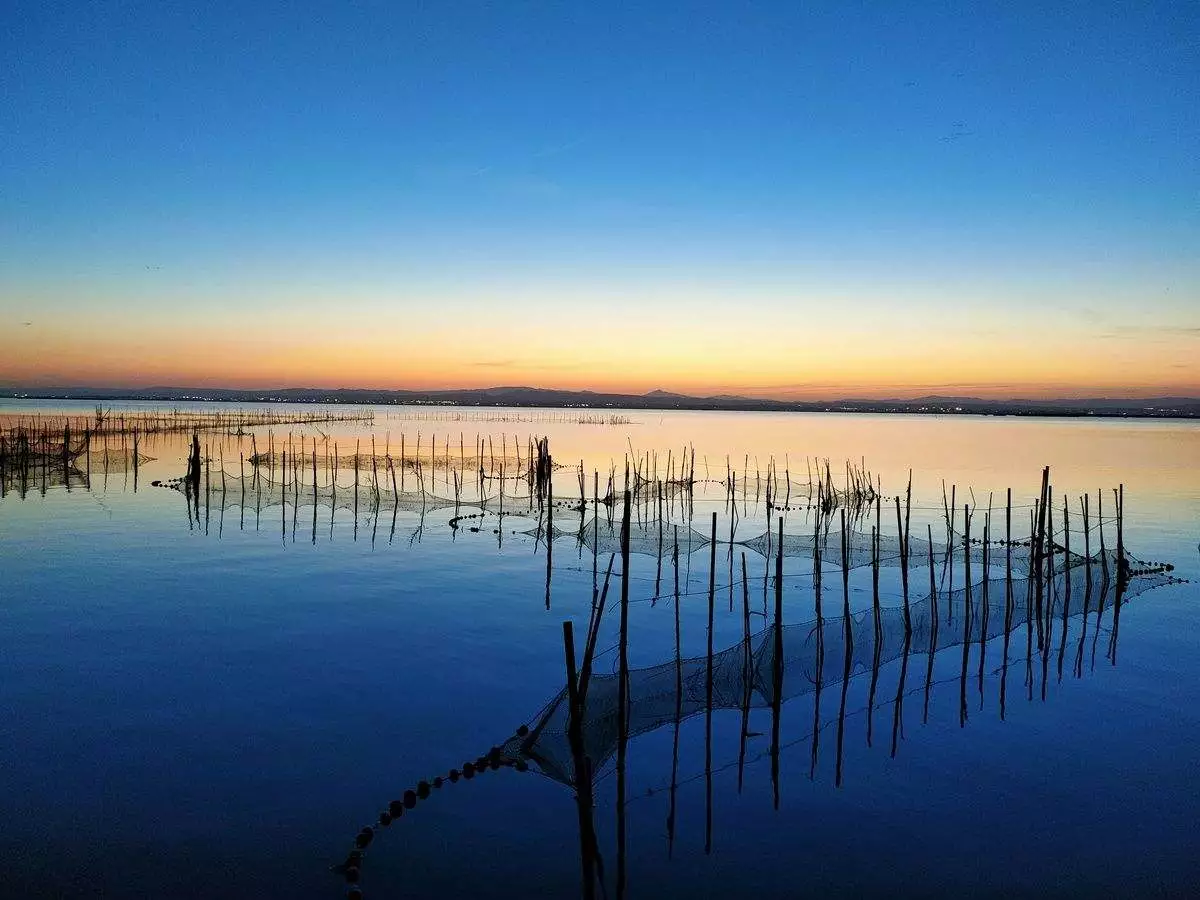
Volunteering and Sustainable Tourism in Europe
Authored by sustainable traveller Agnes Białowolska
Volunteering in Europe
What is volunteer travel about?
One of the most unique ways to explore new destinations in Europe is through volunteer workcamps. Volunteering is a motivating and inspirational experience and, at the same time, a chance to get involved in sustainable tourism. Organized programs bring eco-conscious travellers together, volunteers who join a specific project which contributes to the local community and surrounding environment.
It’s a wonderful opportunity to learn more about the local culture of the region you’re visiting. Volunteer workcamps are held in the majority of European countries at various times of the year, although there are more options open during the summertime. Length of stay usually varies from two to six weeks.
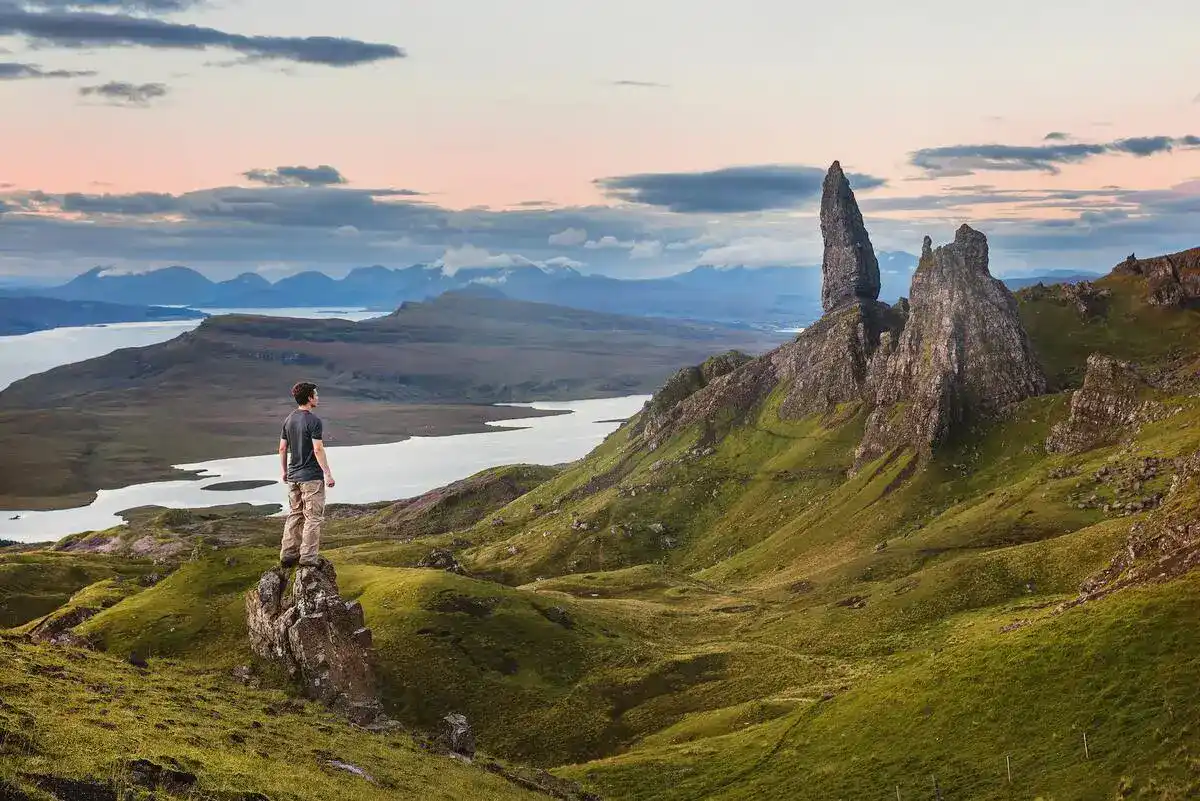
Some of the great things you can do at a eco-friendly workcamp in Europe are reconstructing old buildings or landscapes, volunteering with endangered animal species, preparing for special events or working with children. Each trip solely focuses on the earth-friendly project you’ve chosen and, during your stay, all the work and educational activities will be about that. But, it’s not just about the work! Your free time will be filled in with leisure activities, local attractions, and fun time with your co-volunteers.
How much does it cost?
Volunteers take it upon themselves to get to the location of the workcamp at the agreed time. From then on out you are well taken care of regarding commuting, accommodation, food, work schedule, and free time. Volunteers often pay a symbolic fee for the accommodation. This makes it a budget-friendly option that gives you the opportunity to truly contribute to ecotourism in Europe, while meeting same-minded people from all over the world.
The cost of staying at workcamps (and even getting there) may be fully subsidised by an NGO or even the government. If additional costs apply, this should be clear on the application but it’s always wise to ask before signing up. This can vary from a 10€ fee towards lodgings, to considerably higher amounts for participating in a specific work camp – such as diving equipment for marine activities, for example. Furthermore, some organisations ask for a yearly subscription on their site to cover administration.
Who will I meet there?
All the people involved in organizing workcamps are highly skilled professionals, who take it upon themselves to share their knowledge and help out with everything you need – from project related queries to the best regional beers in the area! That’s right, besides a lot of hard work and dedication, you are expected to have tons of fun with people who join you on this magical quest.
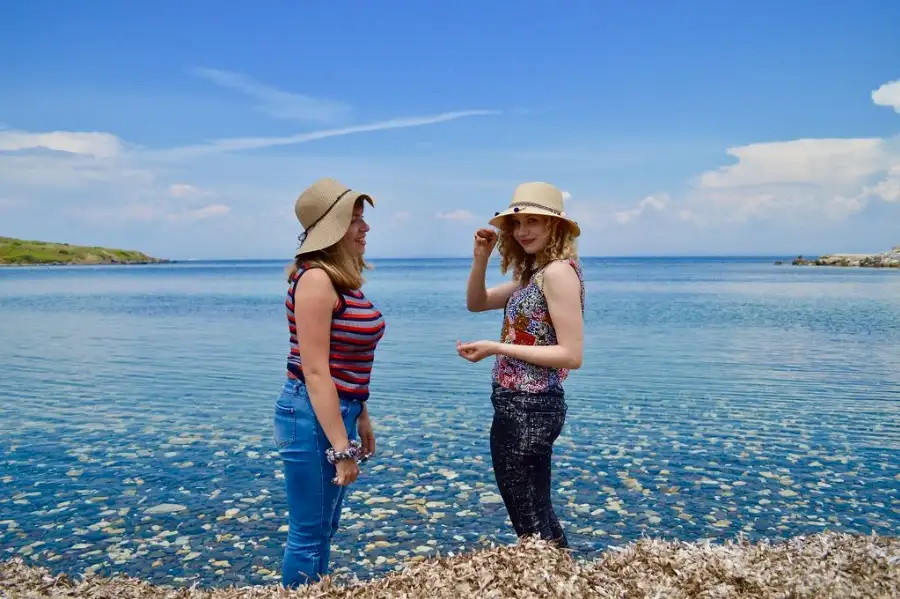
The organizers often limit the number of people from each country to promote diversity among the volunteers, so meeting people from all around the world is guaranteed. Some workcamps are specifically for teenagers or students, while others welcome people of all ages, or are suitable for families with children.
Sold yet? See the list of the most exciting upcoming volunteer workcamps in Europe focused on the well-being of our beautiful planet.
1. Environment Protection, Iceland
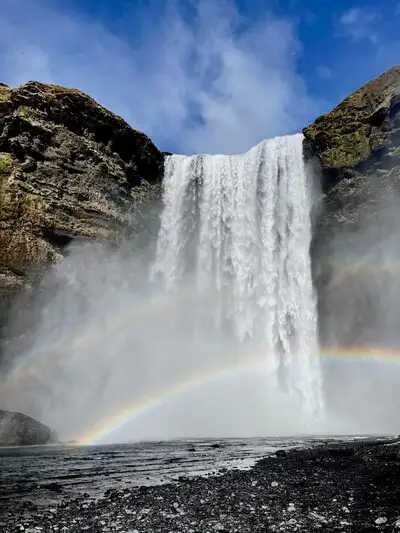
The cold, magnificent, naturally rich country of Iceland invites volunteers from all over the world to exchange knowledge and love for environmental issues on both a global and local level, as well as a chance to show off your photography skills. The working part includes visiting a geothermal plant and cleaning up the outdoor spaces.
Iceland’s Environment Protection workcamps also involves intellectual work related to environmental research, understanding the nature and culture of Iceland.
Meanwhile, there’s a strong creative element at the yearly volunteer workcamp in Iceland ‘Photography and Fun in Reykjavik’. Participants are invited to take camera equipment with them and enjoy their time with same-minded people in Iceland’s exciting capital city!
Apart from being one of the most sustainable countries in the world, Iceland is rated as one of the safest countries too. This makes it an ideal destination for solo women travellers.
2. Coast and Marine Conservation, Spain
Combine the endless fun of diving and snorkelling by the beautiful shores of the Costa Blanca in Spain, with this solid contribution to marine and coast conservation, and reducing tourists’ harsh impact on the Spanish ecosystem.
Volunteers will be monitoring magnificent creatures like whales, turtles, dolphins, and seabirds, collecting significant data for further environmental projects. You’ll also be learning about the impressive biodiversity of the Valencia Region, cleaning the coastline and the underwater ecosystem, and contributing to fire prevention.
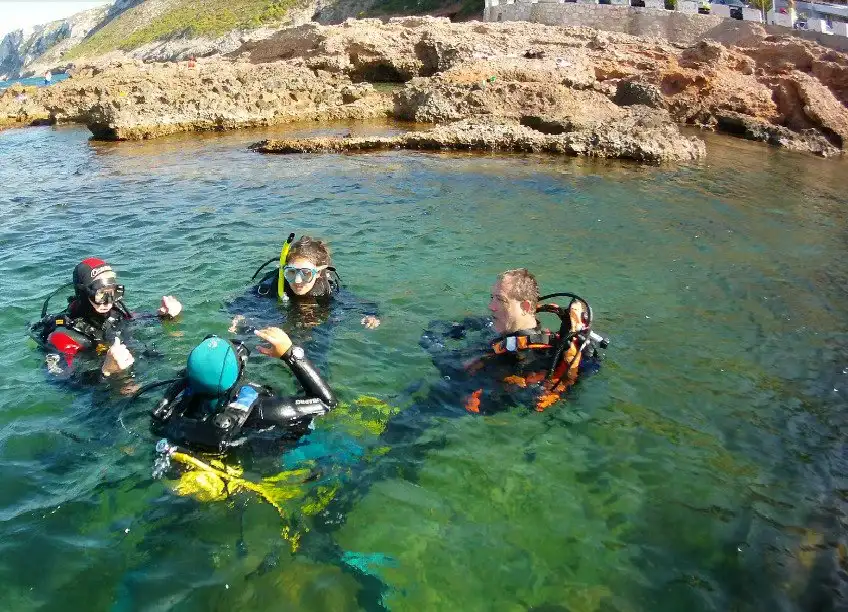
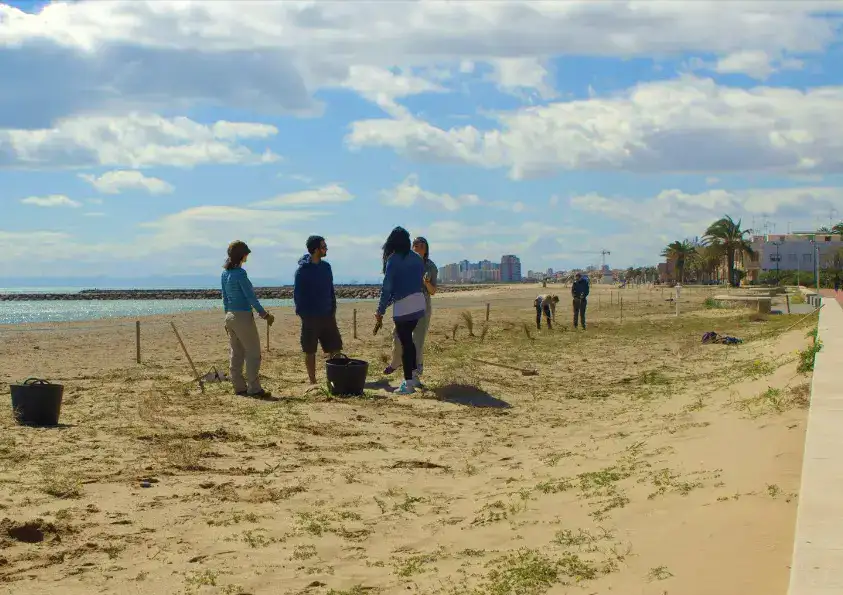
After a beautiful week spent on hard work, getting to know your colleagues and the local area of Dènia, every weekend is completely free. This is perfect for day trips to nearby beaches, or to visit traditional Mediterranean villages and towns such as picturesque Altea. Meanwhile, Alicante City is only an hour’s drive away.
Nearby places of remarkable natural beauty include Montgó nature Park, the Jalón Valley, and Guadalest Valley. Several archaeological sites in Alicante Province are also interesting to see. Finally, there are some amazing Costa Blanca walks and mountain hikes.
4. Festival of Sustainability, Slovenia
This workcamp in Slovenia takes place in the beautiful village of Ponoviče, during the preparation for the Festival of Sustainability (held in August each year). Volunteers will be able to enjoy the natural environment of the region from the campsite on the hill, right next to picturesque river and endless green fields.
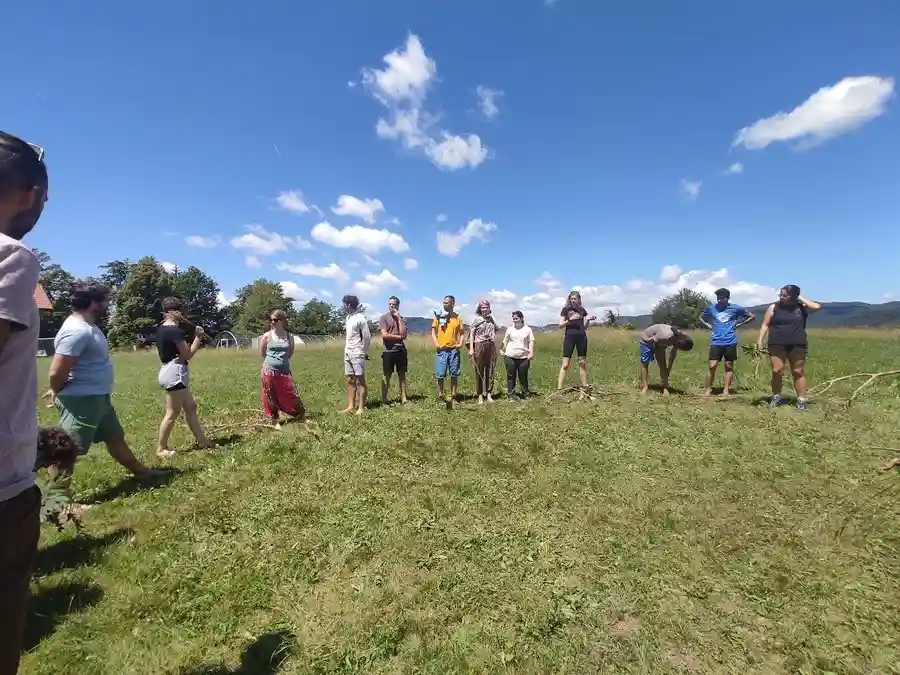
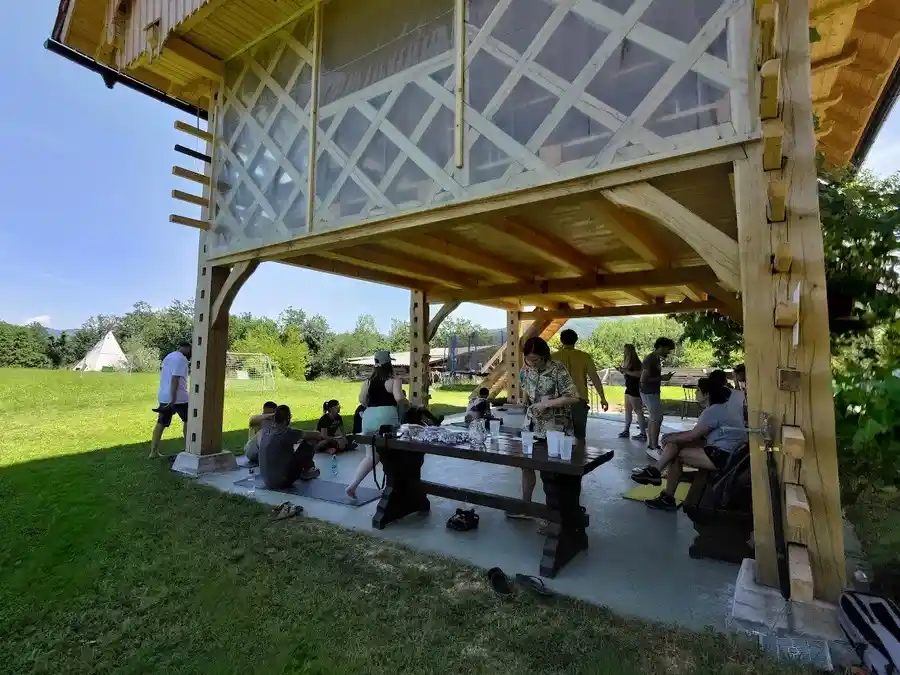
Volunteer work will focus on the logistical and creative work around the festival, as well as expanding the skills of gardening, farming and DIY workshops. This is a great example of a community tourism project. As for bonuses, you get to enjoy the Ponoviče summer festival, the Saturday concert and… constructing a teepee!
5. Climate and Sustainable Lifestyle, Portugal
Follow volunteer work into a land flooded with wine, friendly people and incredible natural landscape. This workcamp in Portugal is all about supporting organic farms, organic food and food trades. Basically, the most delicious ways to stay eco-friendly and protect our environment.
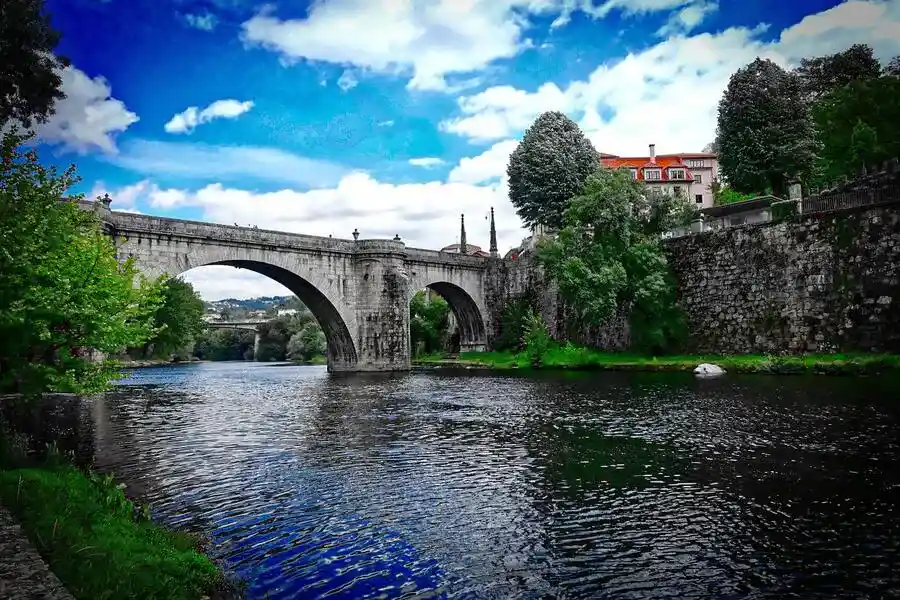
Volunteers will learn extremely valuable skills when it comes to organic food trade and organic farm techniques. On top of that, you’ll have a chance to discover the Amarante Region, and visit nearby Porto known for its beautiful architecture and wineries.
6. Forestry Conservation Work, Austria

Photo by Punktor at Esperanto Wikipedia CC BY-SA 3.0
This volunteer camp involves the physical work of maintaining the European Green Belt. This biosphere reserve borders Austria and Czech Republic, a natural environment which is home to variety of endangered species of plants and animals.
The project is an excellent example of sustainable tourism in Europe. Volunteers can help by mowing the meadows, cutting back bushes, and generally making sure that the protected areas of grassland don’t get overgrown.
Participants will learn about the ecological threats that affect the region as well as the initiatives that can help sustain this beautiful ecosystem. This ‘Climate for Peace’ program is also a chance to learn about local wine production with visits to the vineyards.
Sustainable Tourism in Europe
Eco-friendly places to stay in Europe
Looking from the environmental perspective, the place we choose to stay at during our travels matters greatly.
There are a number of hotels in Europe that put great work and effort into being sustainable and green. These are the places to be, eco-friendly places to stay in Europe which care for the environment and educate their guests to help them be part of that incredible movement.
Environment-friendly ways to travel around Europe
Since most countries in Europe are relatively small, visiting more than one of them during a trip is pretty common. Especially us, Europeans tend to take spontaneous holidays this way. With plenty of modes of transportation these days, this couldn’t be any easier. A cross-border pet-friendly trip is simple with a little planning too.

Unfortunately, the transportation industry is the biggest source of air pollution and one of the biggest contributors to environmental damage. The emission of toxic fuels significantly degrades the air quality and accelerates climate change.
The consequences are already noticeable in countries like Poland, Bulgaria, or Italy. By making smart transport choices we can actually contribute to improving those conditions and the future of clean air, wildlife and the oceans.
Avoid Plane Trips
It is sad to say that air travel is currently one of the worst ways of transport from an ecological standpoint. Granted, long-distance travel hardly has many alternatives to planes.
However, when staying in Europe, the choice of better transportation (and very often more budget-friendly!) is incredibly wide. Short distances between countries give you the opportunity to kiss air travel goodbye and explore glorious hidden spots off the continent much closer to the ground.
If despite of that your trip plan deems air travel absolutely necessarily, consider one of the carbon off-set programs, designed to help you contribute to the CO2 emission reduction when taking the plane.
Travelling by Car
Countries in Europe are incredibly well connected through motorways and autovias. There are definitely lots of benefits of travelling by car, and a whole lot of environmental no’s to it. Since this is still an incredibly common way to explore Europe, let’s consider alternatives to driving on your own, such as car-sharing or carpooling. Not only reducing the number of cars on the road, this option also provides an opportunity to meet other travellers and possibly discover more unique spots on the way.
Buses are a slightly better alternative as well, since they carry more people than a single car. However, there is still a long way to go in modernizing these vehicles to become much greener.
If sharing transport doesn’t appeal to you, there is another way.
Make sure that the car you’re travelling with is as environmentally friendly as possible. The best option is an electric car, even though it may be more expensive. More and more car rentals include in their offers more affordable electric options, and with an increased amount of charging stations across Europe, it is perfectly doable. Check out this handy map of spots where you can charge your EV!
Rail Journeys
It’s safe to say that going by train is one of the most environmentally friendly ways of travel. Taking into account how many people a single train can transport already places it in front of all petrol and diesel-fuelled cars on the road. Each time you book a rail ticket in Europe you can see detailed information on CO2 emission savings you make by taking the train, in comparison to cars or planes.
I recommend everyone keen on Europe exploration to purchase an extended-time Eurail ticket that’ll allow you to visit lots of cities and travel around freely – and eco-friendly!
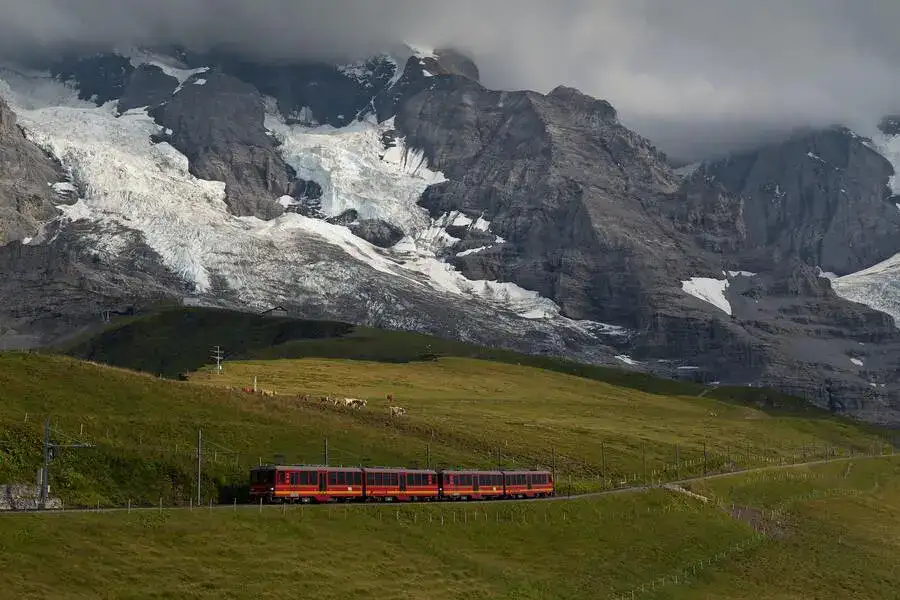
If you’re looking for the most magical train experiences for mountain lovers, Switzerland is the place! In fact, Switzerland is considered to be the greenest country in Europe and in the world!
Walking or Cycling
Cycling and walking are the best alternative of all for eco travel – drop the engines and switch to a 100% green way of travelling. Not only it’s beneficial for air quality and pollution reduction, cycling and walking have substantial health benefits. While it may sound crazy to move from country to country on a bike or, even more, by foot, be sure the travel industry has got you covered.
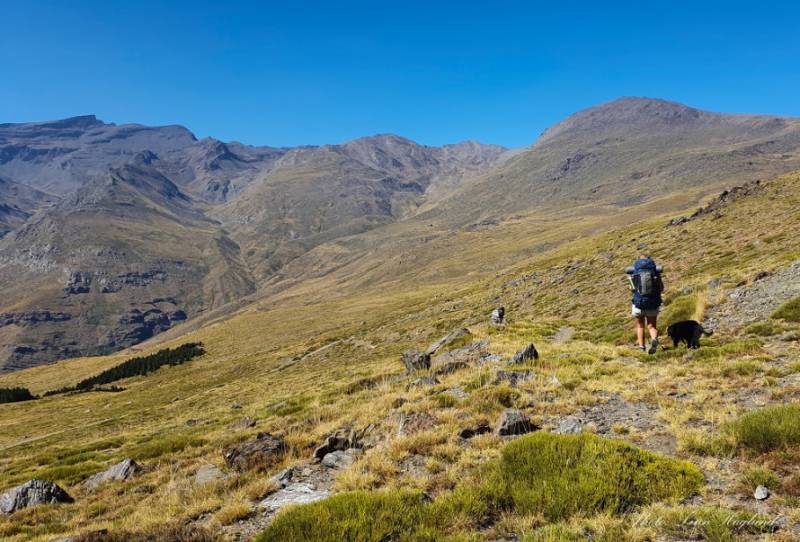
Besides the exponential growth in bike lanes all around Europe that allows you to see amazing places on your two wheels, there are plenty of organised cycling trips to choose from. These are often planned by professional cyclists, familiar with pedalling the landscape of your chosen region, and ready to take you on a fabulous adventure.
A slightly slower, but equally fun are the walking trips. You can plan these yourself or join an organised walk. These are often dedicated to a specific theme such as winery tours, food tours, cross country hiking trails, coastal routes, and even night walks. The organizers adjust the pace of all participants and make sure everyone is safe and, more importantly, having the time of their lives.
Sustainable Tourism in Europe – Conclusion
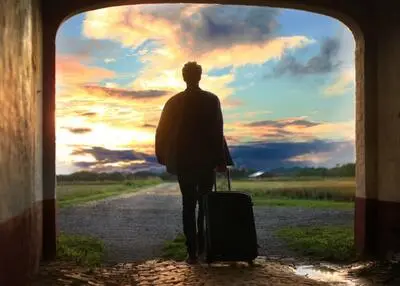
There are number of ways that responsible travellers can fight the overwhelming climate threats, even while exploring the world around us and allowing ourselves a little bit of leisure. Let’s not forget that even the smallest things can help all of us lead healthier lives.
Eco-friendly travel products and gifts
A sustainable backpack is practical for travelling, look for ethical brands that are sturdy and lightweight. Likewise, use eco-friendly reusable bags when going shopping and try to support the local markets as you do so.
Remember to carry reusable water bottles. Most European countries have tap water that is safe to drink and number of public water fountains build for that purpose.
Be respectful of the environment you’re visiting and bring back only eco-friendly gifts or souvenirs. Choose something handcrafted locally with sustainable materials that leaves zero waste. Better still if it is lightweight and easy to carry – a scarf made of organic fibres (silk, wool or cotton), handmade jewellery, or local art.
Fresh ingredients straight from the farmers’ markets are wonderful for making snacks or meals on any of your European escapades! Pay attention to the local communities and best practices for respecting their natural ecosystem. In the end, even with the smallest gestures, we can help make the world a healthy organism – travel this journey with us!

About The Author
My name is Agnes and I’m a 27 year old writer, anthropologist, traveller and entrepreneur from Poland. So far I’ve lived in three different European countries exploring their culture, habits and most unique spots.
Not being bound to any specific place, I am currently exploring the continent freely searching for undiscovered paths and extraordinary experiences.
More Destinations to Enjoy Sustainable Tourism in Europe
7 Days Iceland Itinerary For Wildlife And Nature Lovers
Dreaming of a special vacation to somewhere really unique?
Our 7 days in Iceland itinerary shows nature lovers the best places to see Icelandic wildlife and stunning scenery on an easy 1 week trip.
Explore Valencia Albufera Park (Lake, Dunes and Ricefields)
Explore Albufera Natural Park in Spain… the lake, dunes and rice fields.
Discover the top sights, best restaurants and local cuisine, where to stay and how to get here.
A Guide to Sailing around Mallorca and the Balearic Islands
Sailing around Mallorca and the Balearic Islands you’ll discover a Mediterranean seascape of turquoise waters framed by pine-clad coves and sandy bays.
Best Places for Sustainable Tourism in the World
Osa de Uvita, Marino Ballena and Drake Bay (COSTA RICA)
From Marino Ballena marine reserve at Osa de Uvita Beach down to the tropical forest of Drake Bay on the Osa Peninsula, Costa Rica’s southern Pacific Coast is where you’ll find the best wildlife in Central America.
Munroe Island in Kerala Backwaters (INDIA)
Munroe Island – 2 days discovering a legendary paradise in Kerala Backwaters, India.
There’s a secluded island hidden somewhere in the South Indian Kerala backwaters…travellers talk about a perfect tropical inland island but no one knows the name or location.
Intrigued by the legend, I investigated and actually went there myself…
Bako National Park, Sarawak (BORNEO)
Bako National Park, Sarawak’s (and indeed Borneo’s) oldest national park, is a rainforest nature reserve, jutting into the China Sea.
Discover the World with ![]() the blog with a focus on independent budget travel.
the blog with a focus on independent budget travel.




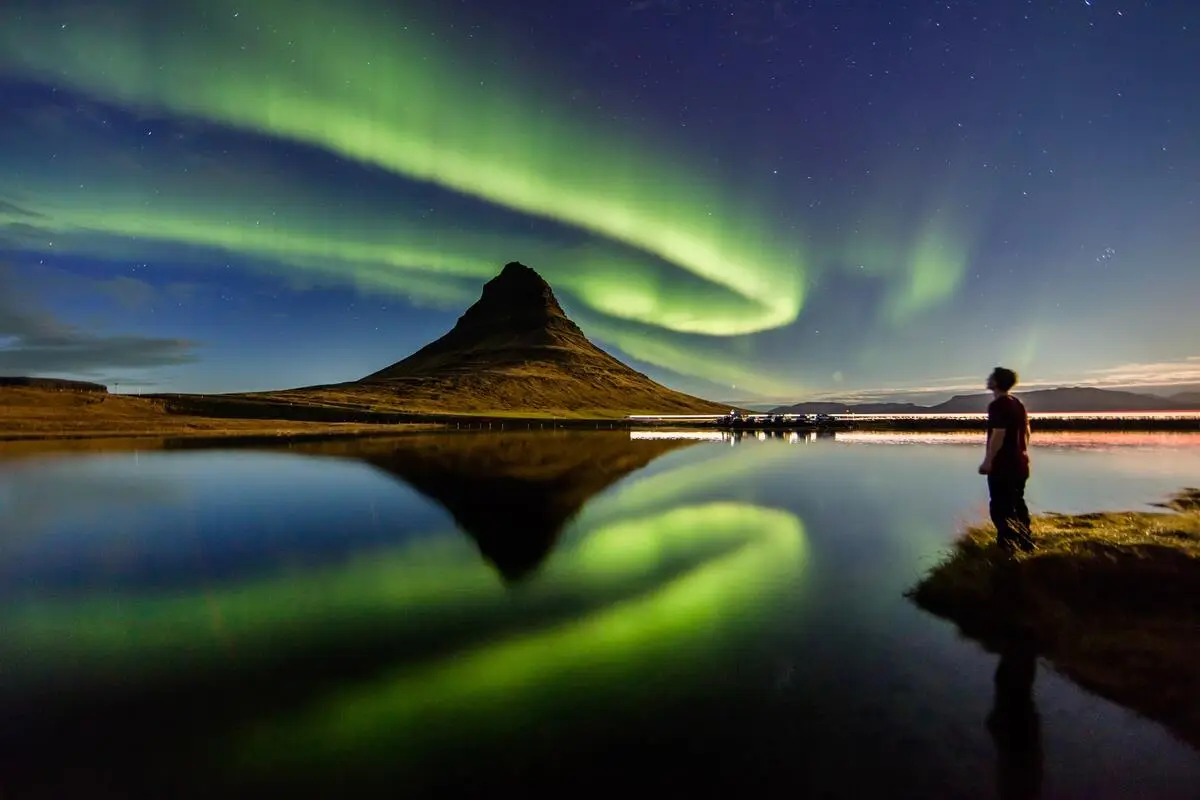
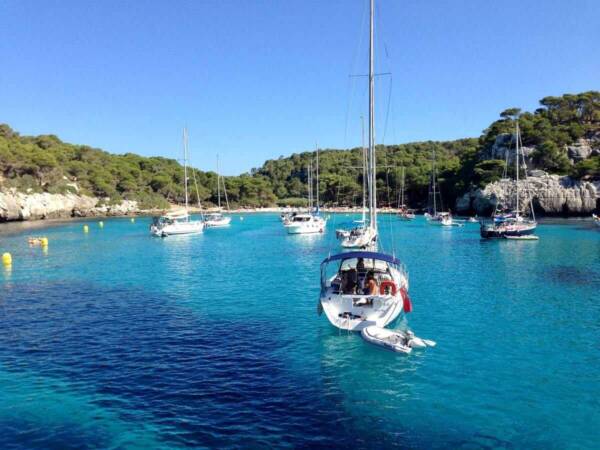
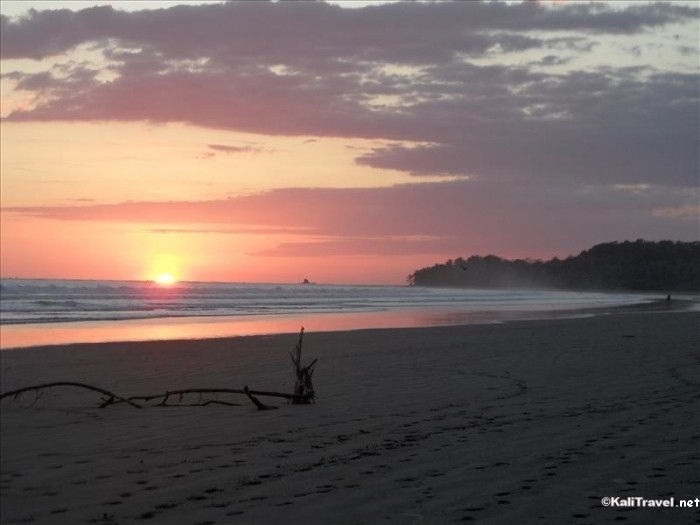
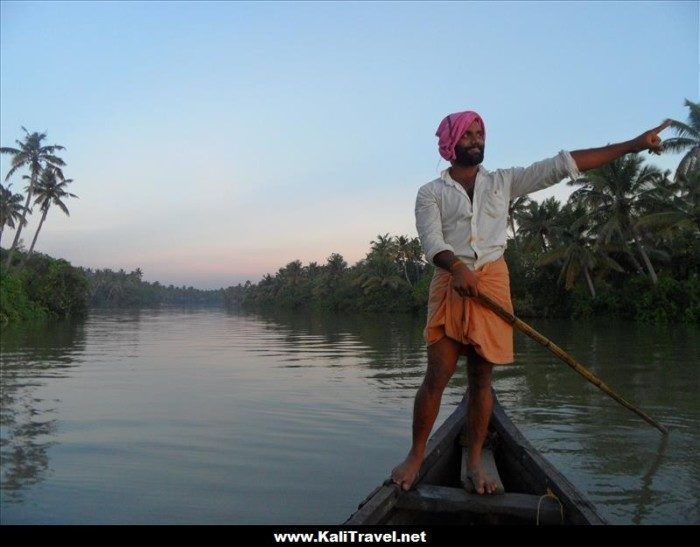
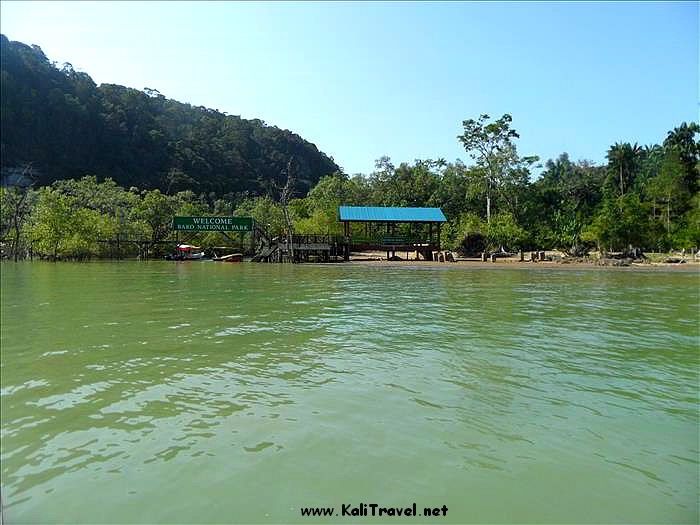
Wow, this is an incredible guide! I love that there are so many volunteer opportunities throughout Europe. I’d probably choose Portugal, then explore more after the volunteer camp.
Supporting locals is so so important. Very helpful post!
Thanks for sharing valuable content.
your blog is interesting to me.
I was looking for such blog.
Regards, Rahul
Hello,
Very informative post,
Fortunately, I saw your post.
It is very logical and interesting.
thanks for sharing
Regards,
Rakesh